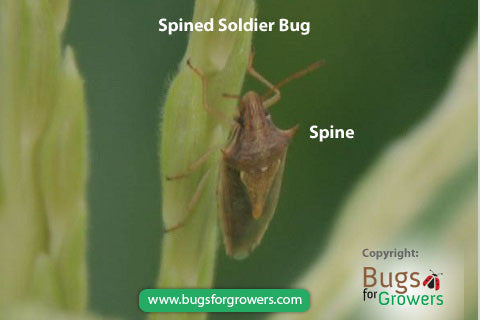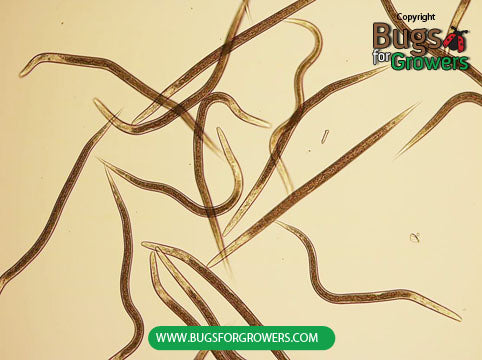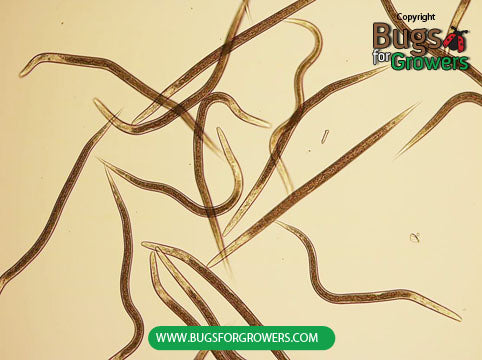Imported cabbage worms
Damage caused by imported cabbage worms
Larvae of imported cabbageworm feed on the foliage as well as growing point of the host plants like cabbage and broccoli. Caterpillars indiscriminately chew large irregular holes on both young and mature leaves of different host plants. In case of severe infestation, caterpillars can skeletonize entire plant. This type of feeding can stop initiation formation of cabbage bulb.
Facts (show all)
- Common names
-
- Imported cabbage worms
- Scientific name
-
- Artogeia rapae, (Pieris rapae)
- Identification
-
Adults: Adult butterflies of imported cabbageworm have whitish colored fore-and hind-wings. Also, one black spot is present on the top of each fore wing of males and two black spots on the top of each of hind wing of females. Furthermore, both males and females have a black spot on the outer front margin of each of their hindwing.
Eggs: Eggs of imported cabbageworm are yellow colored and oval shaped.
Larvae/Caterpillars: Mature caterpillars of imported cabbageworm are velvety green in color with a narrow orange stripe down the middle of the back and a yellowish stripe along each side of the body.
Pupae: The pupae of imported cabbageworm are green to light brown in color and found attached to the bottom leaves.
- Biology
-
Depending upon temperature, imported cabbageworm can complete 2- 8 generations in a year. Females lay singly yellow colored and oval shaped eggs on the either side of the leaves. Eggs hatch into small caterpillars within a week. Newly hatched caterpillars then immediately start feeding on the lower surface of the leaves and mature within 2-3 weeks. These matured caterpillars then turn into pupae that are generally attached to the bottom leaves by silken threads. Adults generally emerge from the pupae within 2 weeks. Imported cabbageworm generally overwinter as pupae in previous crop debris in the garden.
- Organic Control of imported cabbage worms
-
- Following beneficial bugs and plant products are used for organic control of imported cabbage worms
- Egg parasitic wasps
-
- Trichogramma brassicae
- Trichogramma pretiosum
- Trichogramma minutum
- Trichogramma platneri
- Beneficial entomopathogenic nematodes
-
- Steinernema carpocapsae
- Steinernema feltiae
- Heterorhabditis bacteriophora
- Predatory praying mantis
-
- Tenodera aridifolia sinensis
- Stagmomantis crolina
- Plant Product
-
- Molt-X® - (Active ingredient – Azadirachtin a compound isolated from neem leaves)






